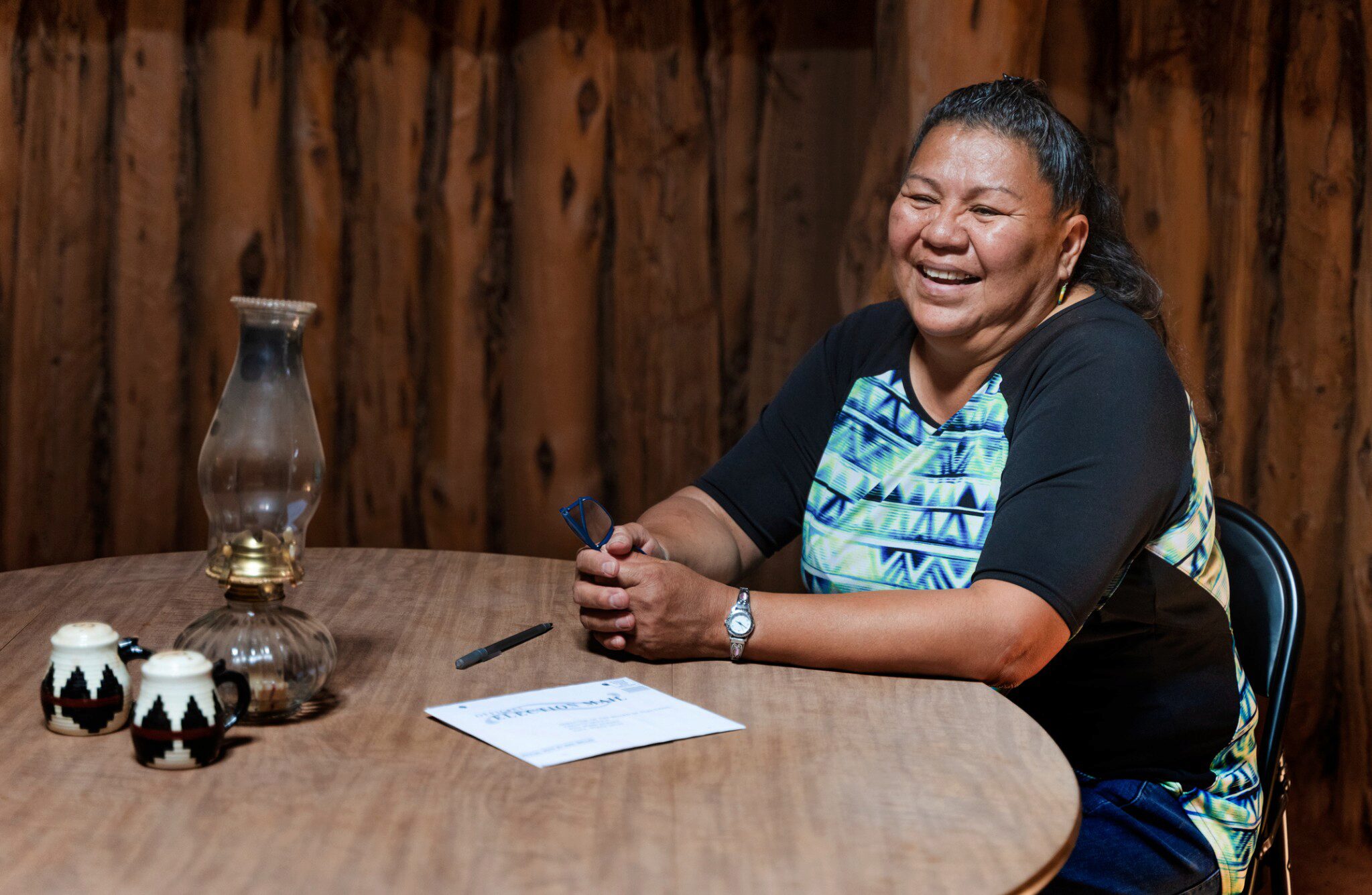
-
Apr1Tue
The Critical Role of Documentation in Demonstrating Due Diligence and Duty of Care
April 1, 2025
This past month, I was called in as an Expert Witness for a lawsuit of abuse that occurred 50 years ago. The standard of care in the 1970s was significantly less than it is in 2025. Remarkably, the organization was able to retrieve volunteer application forms, registration records of the children enrolled in the program, policies on volunteer...
-

Elder abuse within Indigenous communities is a grave but often hidden is sue. Many elderly Indigenous individuals feel afraid or ashamed to report abuse, particularly when family members are the perpetrators. This abuse takes many forms, including spiritual, emotional, physical, sexual, and financial exploitation, all of which compound...
-
Feb24Mon
It's time to Break the Silence: Together let’s combat Elder Abuse
Do you know a senior suffering in silence? February 24, 2025
Do you know a senior suffering in silence?
Elder abuse is a silent epidemic that affects millions of older adults worldwide. It takes many forms—physical, emotional, financial, neglect, and even spiritual abuse. Often, it happens behind closed doors, making it difficult to detect and address. As a community, we have a collective responsibility...
-
Members at large, also known as at-large members, typically refer to individuals who are part of the committee but do not hold specific officer positions or titles. They serve as general members and often play important roles in decision-making, oversight, and providing diverse perspectives. Given your involvement with Plan to Protect® and your desire to prevent abuse, you might find it interesting to know that members at large can play a crucial role in ensuring accountability and transparency within organizations, especially those focused on abuse prevention.
-
Victims often stay silent about their abuse. They may fear they will not be believed, or fear further abuse from the offender. Too often we hear that the blame for the abuse is placed on the victim rather than the offender.
Statements like these fall under the term victim-blaming:
- “She was flirting with him!”
- “He is known to be a liar.”
- “What was she thinking would happen if she dressed that way?”
- “He has chosen an alternative lifestyle and brought it on himself!”
We want to strongly caution you against approaching any reports or concerns of abuse from that perspective. Instead, we encourage you to appoint an individual to be responsible for receiving reports that will advocate for transparency and truth and also to be an advocate for the victim.
-
How a "Speak Up" Culture Improves Child Safety
Written by KidCheck; Posted with Permission
Organizations dedicated to children and youth have an excellent opportunity to create a safe and welcoming environment by fostering transparency and encouraging open dialogue between leadership, staff, volunteers, and families.Encouraging...
-
Part 2: Recommended Best Practices for Child Protection Record-KeepingWritten by Telios Teaches; Posted with Permission, first posted on Telios Teaches
In Part 1 of this series on child protection record-keeping, we discussed whyeffective record-keeping practices are vitally important for organizations thatwork with children and how... -
Part 1: Effective Record-Keeping for Child Protection MattersWritten by: Telios Teaches, training provided by Telios Law PLLC
In an era where ministries may face lawsuits based upon decades-oldallegations of child abuse, effective child protection policies anddocumentation are paramount for organizations that work with children. This... -
We can do better! We must do better!
I woke in the middle of the night! My heart was heavy … I could not sleep! So, I put the tea kettle on and I decided to catch up on my reading.
- I reread a draft of an article on Lessons Learned from Fallen Leaders.
- I read an email that had just come in – An Open Letter to Victims of Clergy Abuse!
- I turned my attention to social media, where I read a flurry of social media posts criticizing leaders for their response to allegations of abuse.
- I read of a series of incidences of abuse within the cheer industry.
- I read the results of the investigation into allegations against Ravi Zacharias.
As a person of faith, I find comfort in reading the Psalms and Proverbs – but even there I read of oppression, plagues, abuse, the burden of suffering due to poor choices, and the enemy pursuing his victim and overcoming him. The folly of one’s ways.
When I read, I am challenged … provoked to be better … to do more … to feel deeply about the hurts and pains of this world.
Are you challenged when you read these accounts? Or do you just shake your head and criticize the offenders.
Is there anything that incites you and fuels your passion to do more, to be better yourself?
-
Source: with permission: https://telioslaw.com/blog/ten-ways-land-court-over-sexual-harassment
Harvey Weinstein, Matt Lauer, Al Franken—and the list goes on. High-profile sexual harassment allegations have shaken up Hollywood, the media, and politics. But don’t think that this trend is confined to celebrities. They are not the only ones who can, and do, abuse power. Sexual harassment by employees, if not dealt with swiftly, can create a toxic work environment as well as land even small organizations in hot water. In light of this timely topic, here are ten easy ways to end up in court over sexual harassment. Topics in this “what not to do” list are examples taken from actual cases.
Before diving into this list, it is important to remember when organizations can be held legally liable for sexual harassment that happens to their employees. A key defense exists to sexual harassment liability for organizations, called the Faragher/Ellerth defense. In order to take advantage of this defense, an organization must prove “(a) that the employer exercised reasonable care to prevent and correct promptly any sexually harassing behavior, and (b) that the plaintiff employee unreasonably failed to take advantage of any preventative or corrective opportunities provided by the employer or to avoid harm otherwise.”1 With that in mind, let’s dive into the list, as many of these easy ways to fail are ways to lose this defense.







